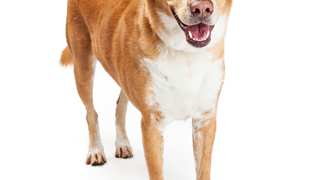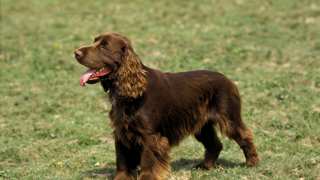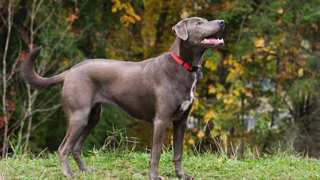Brats' diet should include carbs, vitamins, minerals, and omega fatty acids--but the most important nutrient for a Brat: protein, preferably from animals (like chicken, beef, or fish). All these nutrients help dogs maintain their health in the long term. This means the best food for Brats is premium dry kibble, as it has balanced portions of the above-listed ingredients.
Blue Buffalo, Royal Canin, and Eukanuba are three recommended brands that carry excellent lines of premium dry food.
Adult Brats, depending on their age, size, and activity levels, will need about two cups of dry food per day, divided into two meals. Brat puppies will need a bit less: again depending on age, about 1½ cups per day, divided into three meals (not two) until six months old.
For more info on feeding these hybrids, see this Brat feeding chart:
Dog AgeDog WeightFood TypeAmountFrequency2 Months4 lbsDry (Puppy formula)0.25 cups3x/day3 Months8 lbsDry0.33 cups3x/day6 Months15 lbsDry0.5 cups3x/day9 Months20 lbsDry* (Puppy/Adult)0.85 cups2x/day12 Months+25 lbsDry (Adult formula)1 cup2x/day*--Around this time, transition to adult food by mixing in adult formula with the puppy formula, in slowly increasing amounts with each meal, for one week.
Try if possible to stick to the above-listed portions. If constantly overfed (and under-exercised), these dogs can become overweight--and a fat Brat will have numerous health problems and a potentially shortened lifespan. You can help control your Brat's weight by having consistent feeding and exercise schedules, by not feeding the dog table scraps, and by not leaving food in the dog's bowl all the time.
If you're worried your Brat is overweight, try this simple test: run a hand along the dog's side, and if you can't feel any ribs, it's diet time--which means less food and more exercise!




